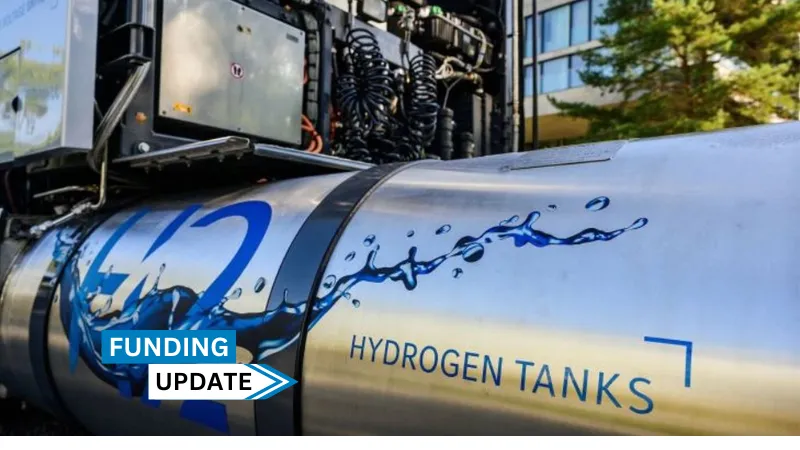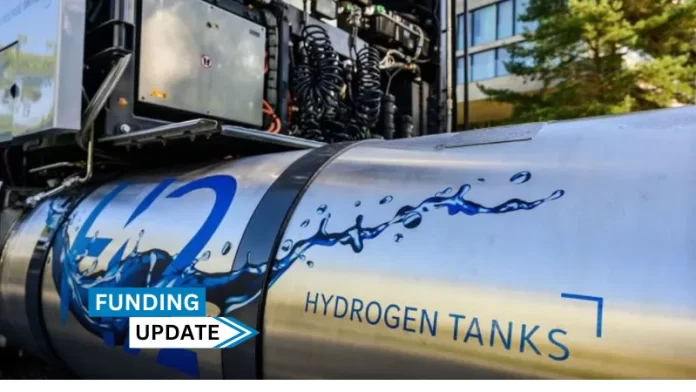
IL-based Celadyne secures $4.5million in seed funding. Maniv and Dynamo Ventures led the round, and EPS Ventures also participated.
With engineers joining from Siemens Energy, Argonne National Lab, the US Navy, Micron Technologies, Hyzon Motors, and Northwestern University, the team will grow even further with the help of the funding, which will also be used to assist the continuous advancement of its materials technology.
Read also – CA-based Lilac Solutions Secures $145Million in Series C Round Funding
Celadyne is a company founded by Gary Ong that offers hydrogen solutions to the energy sector. It collaborates with fuel cell and utility firms to supply cutting edge materials and technology that efficiently transform hydrogen into energy that can be used.
Hydrogen produced and consumed by it is more effectively utilized in heavy-duty industries like manufacturing, transportation, and energy. Celadyne’s materials and technology, in particular, substitute the proton exchange membrane to produce more robust fuel cells and more compact and effective electrolyzers.
Read also – CA-based Freenome Secures $254Million in Funding
Fuel cells can now be used as a more environmentally friendly option to diesel engines because to their increased durability, and electrolyzers that generate inexpensive green hydrogen can be used as fuel.
About Celadyne
Celadyne, By giving fuel cells and electrolyzers better starting materials, they can improve both of them. Their efforts are mostly directed toward the systems’ catalyst, ionomers, and membranes.
Read also – CA-based Point2 Technology Secures Additional $22.6Million in Series B Round Funding
In order to expand the operational range to low humidities and high temperatures, they are now developing nanocomposite membranes that will be a competitive substitute for the current proton exchange membranes.



